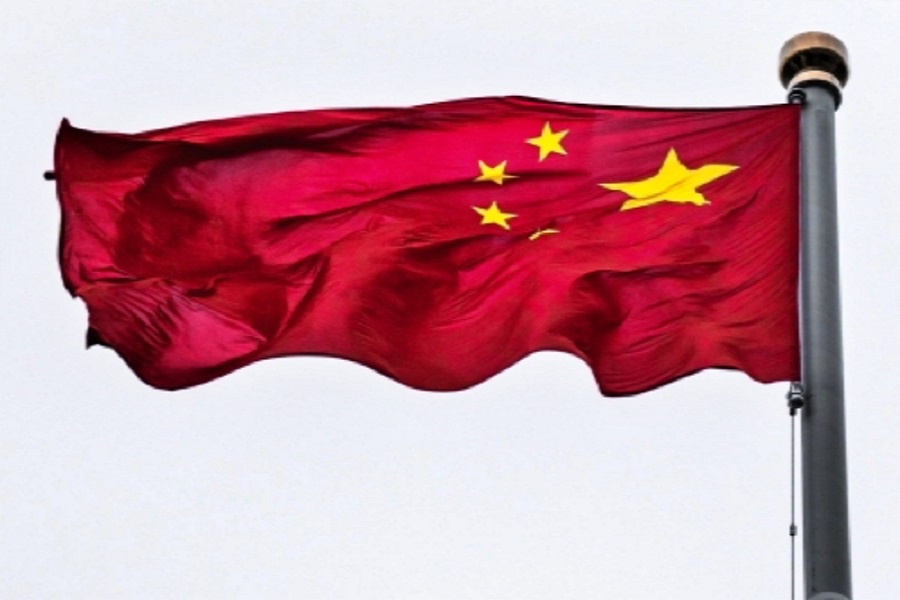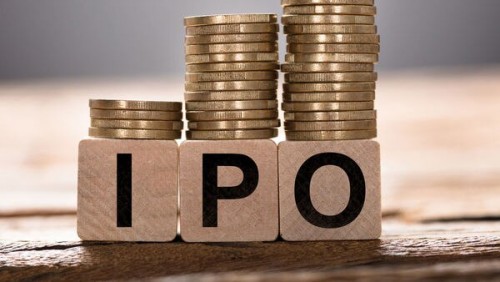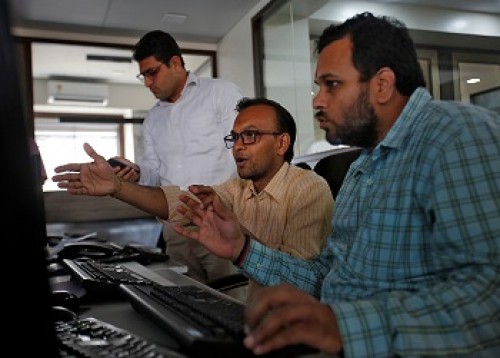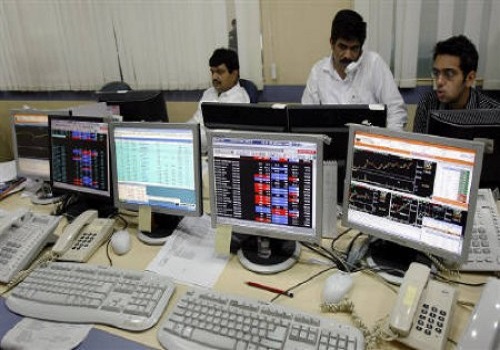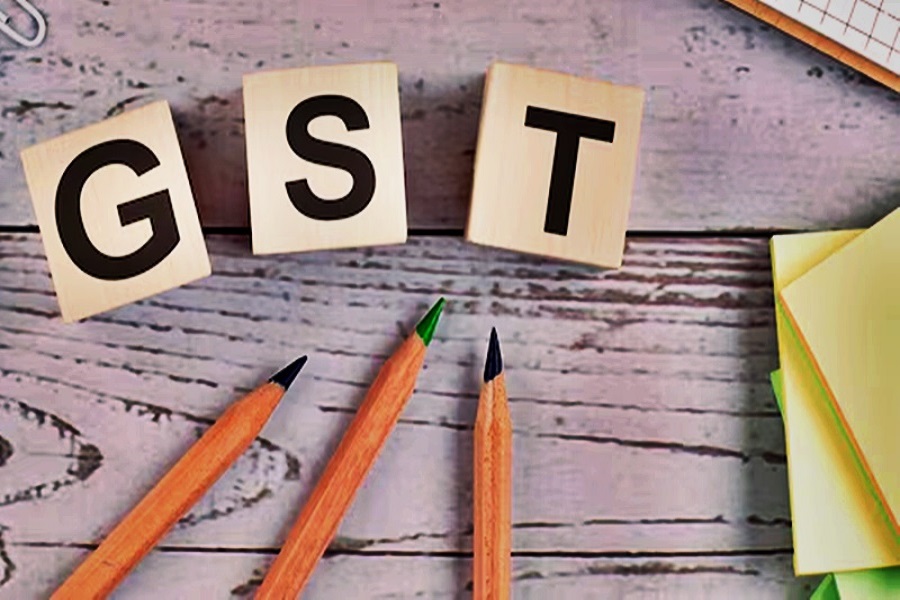CPI Inflation : Signs of easing start to appear By Emkay Global Financial
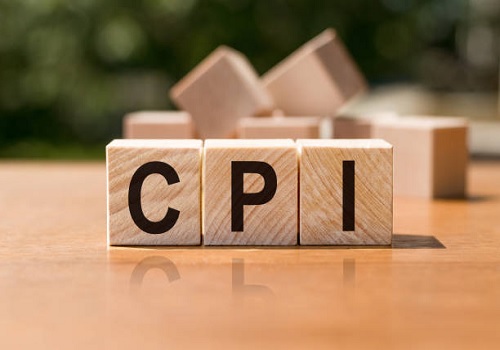
* The near-stable headline (7.01%) and core (6.23%) inflation prints for June are attributable to a favorable base effect and a sequential easing in both. This was further helped by fiscal efforts to reduce inflationary pressures, driven by excise duty cuts on motor fuels, a ban on wheat exports and a reduction of import duties on some food products.
* While food inflation saw mixed drivers in June, global price easing, along with some easing in mandi prices, should bring down food inflation going forward. Meanwhile, the weakness in precious and base metals and select energy prices globally, if sustained, should also act as a moderating influence on headline inflation. However, near-term offsetting may come from sticky motor fuel prices, and higher LPG and kerosene prices, along with modest GST hikes, as well as import duties on gold. With domestic demand fairly resilient so far, core CPI pressures may remain reasonably sticky.
* We are currently tracking July inflation at 6.7-6.8%, with the Q2FY23E print at 7-7.1% - lower than the RBI’s forecast of 7.4%. This is, however, unlikely to derail the RBI’s front-loaded tightening path as inflation still remains elevated. We maintain our FY23 CPI estimate of 6.5% with a downward bias (RBI: 6.7%). FY23 could see rates go up by 75bps+, with the central bank now showing its intent to keep real rates near its estimated natural rate.
CPI inflation undershoots expectations at 7.0%; moderation in food inflation continues
CPI inflation came in at 7.01% in Jun’22, below expectations (Emkay: 7.03%, Consensus: 7.10%), supported by easing food inflation. However, this is now the sixth-straight month above the RBI’s upper tolerance limit of 6%. Food inflation (7.75% yoy; 0.99% mom) eased in June (7.97% yoy), with domestic prices moderating despite elevated global food prices. Sequentially, fruits, oils and fats and pulses declined, while cereals remained contained. However, vegetable prices rose by over 4% mom. High-frequency mandi prices show both fruit and vegetable prices easing going forward, although the impact of inclement weather on perishables is always a threat. Global easing in food prices should also help in bringing down food inflation going forward. Despite the impact of the fuel excise duty cuts, energy inflation remained elevated at 10.39% (1.03% mom) due to electricity tariff hikes in many states. The weakness in precious & base metals and select energy prices globally should act as a moderating influence on headline inflation. However, sticky fuel prices, along with higher kerosene and LPG prices, GST hikes and gold import duties could all act as near-term drivers for the headline print.
Core inflation stays flat at 6.2% with transport costs easing
Core inflation (ex-food, fuel and intoxicants) was almost unchanged at 6.23% (+0.05% mom), reflecting the impact of easing transport costs. The fall in T&C costs (-1.17% mom) was due to lower fuel pump prices after the aforementioned excise duty cuts. The personal care & effects category also contributed significantly again, while housing prices declined sequentially. Healthcare costs continued to increase. Despite an increase in telecom tariffs and education costs, the easing in transport costs was the biggest reason for the moderation in core inflation. With domestic demand fairly resilient so far, core CPI pressures may remain reasonably sticky.
IIP grows 19.6% on favorable base effect and sequential momentum
IIP grew 19.6% yoy in May’22 (Emkay: 21.8%; Consensus: 20.8%; 6.7% prior), thanks to the extremely favorable base effect stemming from the second wave of the pandemic, as well as sequential momentum. Manufacturing grew 20.6% (2.0% mom), driven by segments such as electrical equipment, chemicals and apparel. Mining (10.9% yoy, 3.4% mom) and electricity (23.5% yoy, 2.8% mom) also saw healthy growth. In use-based sectors, consumer durables (58.5% yoy, 2.3% mom) and capital goods (54.0% yoy, 6.5% mom) showed strong growth, but consumer non-durables (0.9% yoy, -1.7% mom) remained weak.
FY23 CPI to average near 6.5%+; August to see 25bps hike
We are currently tracking July inflation at 6.7-6.8%, with the Q2FY23E print at 7-7.1% - lower than the RBI’s forecast of 7.4%. Thus, it could mark a downward surprise for the central bank. This is, however, unlikely to derail the RBI’s front-loaded tightening path amid still-elevated inflation. We maintain our FY23 CPI inflation estimate at 6.5% with a mild downward bias (RBI: 6.7%). FY23 could see rates go up by 75bps+, with the RBI now showing its intent to keep real rates neutral or higher. Our Taylor’s estimate shows a maximum tightening of the policy rate by 6% by FY23, of which liquidity tightening to 2% of NDTL is tantamount to another estimated 25bps effective rate hike. However, the front-loaded rate hike cycle does not imply a lengthy tightening cycle, and once they reach the supposed neutral pre-Covid monetary conditions, the bar for further tightening may go higher incrementally amid increasing growth and inflation trade-offs. We reckon that amid the persisting slack, the flat Phillips curve may call for a larger output sacrifice to contain inflation. A judicious policy mix is needed as economic agents share the burden of the global shock. To that extent, the countercyclical fiscal shield provided can also be an effective lever while the monetary sword takes hold.
To Read Complete Report & Disclaimer Click Here
For More Emkay Global Financial Services Ltd Disclaimer http://www.emkayglobal.com/Uploads/disclaimer.pdf & SEBI Registration number is INH000000354
Above views are of the author and not of the website kindly read disclaimer

